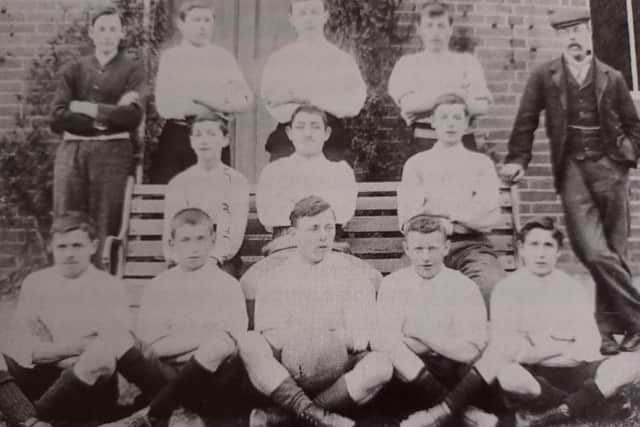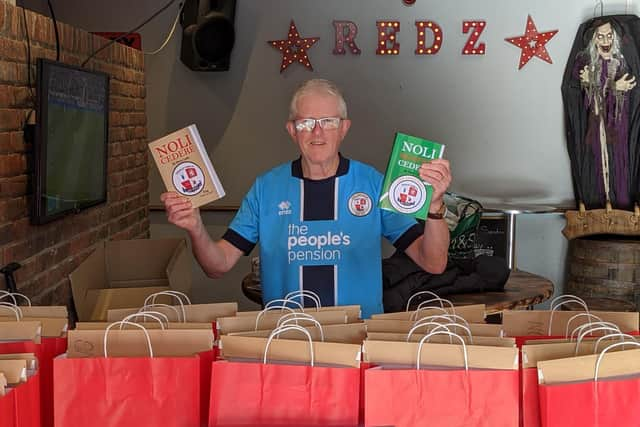The founding fathers of Crawley - and the boy who played for Crawley Town when he was just 12 - Stagni Ollam et Superbus: Part I
and live on Freeview channel 276
His third book is Stagni Ollam et Superbus - and we will be serialising it in the Crawley Observer. This is the first part.
In the 19th century Crawley was just a small rural town in the north of the county of Sussex.
Advertisement
Hide AdAdvertisement
Hide AdThe population was around 4000, which, to put it into perspective is approximately the same size as the two smallest neighbourhoods, West Green and Northgate, that now exist and just under a third of the size of its largest, Pound Hill.


Forty-nine years prior to the first friendly game played by Crawley FC, the main London to Brighton railway was opened in 1841, the area being served by a brand-new station called East Crawley, later to become Three Bridges.
Seven years later the Three Bridges to Horsham line was opened and a Crawley station was built next to the level crossing between the High Street and Brighton Road.
Two years earlier than the Brighton line opening, John Barrett-Lennard was born the fifth son of Sir Thomas Barrett-Lennard and Mary Shedden in 1839.


Advertisement
Hide AdAdvertisement
Hide AdDuring John’s childhood the family would spend most of their summers in and around Brighton when it first became fashionable after changing its name from the longer Brigthhelmstone at the beginning of the 19th century.
In adult life he had a short military career as a lieutenant in the Royal Engineers, but resigned his commission and took up the cloth, finally arriving in Crawley as the Rector of St John the Baptist, after several junior posts in the Church of England in Shropshire and London, in 1876.
He arrived in Crawley with his wife Isabella, the daughter of Sir John Lambton Loraine, and their three children, Constance, Emily Isabella and Herbert Loraine and in 1889 he was introducing some of the young lads in the town to the joys of the beautiful game, when he came across a 12-year-old, Wiliam Denman, who had never seen a football before, let alone kicked one.
Willy, as he was known then, was just watching the other boys when suddenly the Rector asked him why he was not playing.
Advertisement
Hide AdAdvertisement
Hide AdHe explained that he didn’t know how to as he had never seen a football before, to which the Rector placed a ball six yards in front of him and said “Now, run and kick hard”.
This was Willy’s response as told to Nadine Hygate in later years “I did so, and oh my relief, when I found that my foot was still attached to my leg”.
And so commenced his second great passion in life, after cricket, and when Crawley FC was formed in 1890 to play friendlies, he became a player member at the ripe old age of 12.
by Steve Leake
